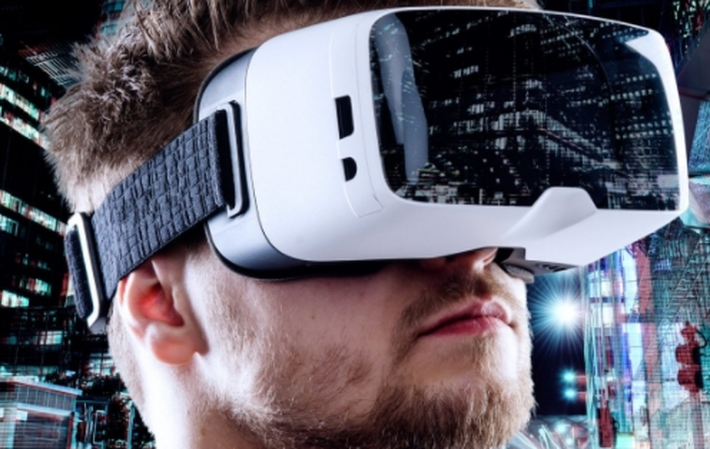
Published on 07/25/2017 | Technology
Explore more than 20 case studies showcasing how ThingWorx 8 makes it easy to develop powerful IoT solutions that deliver transformative business value.
A human being can be aware of various aspects of a complex situation and make quick decisions about what to do next. But until now, gauges, dials, indicators, and screens have provided only a partial interface with the state of a machine, a factory, or a vehicle, limiting the human ability to interact with reality.
With the advent of augmented reality (AR), this situation is changing rapidly, allowing humans to benefit from their natural perceptual and decision abilities, amplified with the sensor and analytical capabilities of an IoT platform.
The right IoT platform can support a business in creating an AR capability tailored to the requirements of a specific business problem, with significant improvements in productivity.
AR shows us the digital twin
Through its sensors, the IoT creates a digital twin of the physical objects that are part of it, a twin that is enriched by a variety of other data analytics. Augmented reality (AR) can make various aspects of that digital twin visible to a user as needed, in an intuitive and interactive way, thus allowing for fully informed manipulation and use of that physical object. Right now that data-rich twin is mostly invisible. AR brings it into view.
While most of the media mentions of AR focus on consumer technology, with its enticing and relatable visuals, the real benefits will come in commercial areas like manufacturing, logistics, and healthcare. Employees seeing and interacting with production, maintenance, and distribution conditions will amplify how a business perceives itself.
Augmented reality enables augmented humans
In its most basic sense, AR combines the physical and virtual world by registering virtual content with the physical world in 3D and allowing for real-time interaction.
Demos at trade shows generally show the most complex and hard-to-implement form of AR, where 3D data is immersively superimposed on a moving, complex environment via wearable glasses like Google Glass, Oculus Rift, or Microsoft HoloLens. While impressed, people sometimes find it hard to imagine that being useful in their own business.
But there are various levels of AR implementation, each tailored to be useful in a specific environment, whether on the shop floor or out in the field, whether on a smartphone, tablet or projected overlay. The choice of specific AR capabilities should be based on operator requirements, workflow analysis, implementation difficulty, and cost.
Use an IoT platform with AR built in to develop your capability
An effective AR application relates directly to the business problem being solved. But if a subject-matter expert has to work directly with various teams of designers, solution architects, and implementation experts to create the necessary AR content for a specific situation, the job will take too long, cost too much, and be too riddled with compromises to be truly useful.
So an IoT platform with integrated AR support, such as ThingWorx Studio, is essential. The platform provides the authoring tools that allow a subject-matter expert to focus on the content and what it conveys to the user, not the actual mechanics of AR implementation. The gains in speed, increases in capabilities, and decreases in cost can make the difference between developing an effective AR capability, and deciding against doing so. Learn more by downloading the ABI Research white paper: The Power of IoT Platforms for Building AR Applications today.
This article was originally posted on the Thingworx blog.
About the author:
Alex Jablokow
Alex Jablokow is a freelance marketing writer who specializes in technical and healthcare business, and blogs about IoT topics.